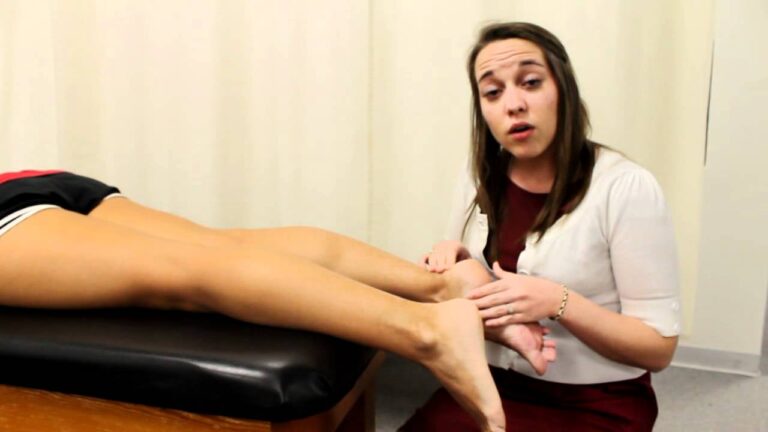A special test of the ligamentous instability test of the wrist joint.
- These ligamentous instability tests of the wrist joint tests are applied to the clinic to check the instability of the ligament of the wrist joint.
- These clinical tests are applied by to therapist or doctor when the patient complains about wrist joint pain.
- These tests are applied to examine part of the assessment in the wrist joint.
Name of the special test of the ligamentous instability test of the wrist joint:
- Ligamentous instability test for the fingers
- Linscheid test
- Lunotriquetral ballottement test
- Lunotriquetral shear test
Ligamentous instability test for the fingers:-

- Purpose = This ligamentous instability test for the fingers is used to check the integrity of the collateral ligament.
- Technique = Starting position of the patient for the test is sitting position.
- The examiner [ therapist ] stabilizes the finger with the help of one hand proximal to the joint to be tested.
- With the help of the other hand, the examiner [ therapist ] grasps the finger distal to the joint to be tested.
- The examiner’s distal hand is then used to apply a varus or valgus stress to the joint [ proximal or distal interphalangeal ] to test the integrity of the collateral ligament.
- Result = the results are compared for laxity with those of the uninvolved hand, which is tested first.
Linscheid test:-

- Purpose = This linscheid test is used to check the detect ligamentous instability of the second & third carpometacarpal joints.
- Technique = starting position of the patient for the test is sitting position.
- The examiner supports the metacarpal shafts with the help of one hand.
- With the help of the other hand, the examiner pushes the metacarpal heads dorsally, then primarily.
- Result = Pain localized to the carpometacarpal joints is a positive test.
Lunotriquetral ballottement test :-

- Purpose = This lunotriquetral ballottement test is used to check to determine the integrity of the lunotriquetral ligament.
- Technique = starting position of the patient for the test is sitting position.
- The examiner grasps the triquetrum between the thumb & second finger of one hand & the lunate with the thumb & second finger with the help of the other hand.
- The examiner then moves the lunate up & down [ anteriorly & posteriorly ] ,noting any laxity,crepitus.
- Result = If the patient fell the pain, which indicates a positive test for lunotriquetral instability.
Lunotriquetral shear test :-

- Purpose = This lunotriquetral shear test is used to check the integrity of the lunotriquetral ligament.
- Technique = starting position of the patient for the test is sitting position.
- The patient is seated with the elbow flexed in neutral rotation & resting on the examining table.
- With the help of one hand, the examiner [ therapist ] grasps the patient’s wrist so that the thumb rests in the patient’s palm & the fingers are placed over the dorsum of the proximal row of carpals to support the lunate.
- The thumb of the examiner’s [ therapist ] opposite hands loads the pisotriquetral joint on the palmar aspect, applying a shearing force to the lunotriquetral joint.
- Result = If the patient feels the pain, crepitus, or abnormal movement is considered positive tests.







